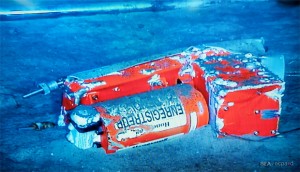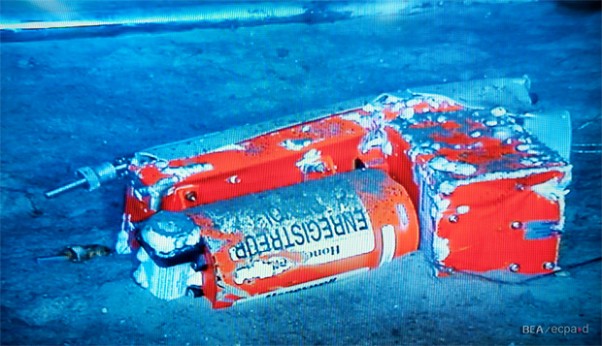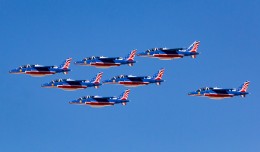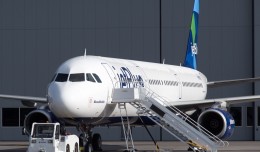French investigators have successfully downloaded the entire record of data from the recently retrieved flight data and voice recorders from Air France Flight 447.

The entire record of flight data was recovered from the doomed plane’s data recorder, as were the final two hours of cockpit conversation from the voice recorder, according to BEA, the French Office of Investigations and Analysis (BEA) for the Safety of Civil Aviation.
Information gleaned from the recorders will be key to discovering the cause of the crash, which has left investigators, engineers and the public dumbfounded since the Airbus A330-200 (F-GZCP) plunged into the Atlantic without warning on June 1, 2009. All 216 passengers and 12 crewmembers were killed as the flight crossed an infrequently traveled stretch of ocean separating South America and Africa while enroute to Paris from Rio De Janeiro.
The recorders were recovered from the sea floor earlier this month, nearly two years after the plane went down. Despite being built to withstand great stresses, many feared that the data on the recorders would not have withstood not only the extreme forces of the crash impact, but the immense pressure of sitting beneath nearly three miles of saltwater for such a long period. Photos of the recorders when they were recovered by a deep sea submersible vehicle, however, showed the recorders in seemingly good condition.
Until now, the leading theory about the plane’s disappearance has focused on a fault of the jet’s pitot tubes, sensors which measure air speed. The model of pitot tube installed on the crashed jet had been earlier recalled due to its susceptibility to ice, though Air France had not yet installed replacements.
The BEA says the data was downloaded in the presence of safety investigators from Germany, the United States and Brazil, in addition to French judicial police and a court expert. All operations were filmed. An interim report will be released after the data is analyzed, which is expected to take several weeks.







